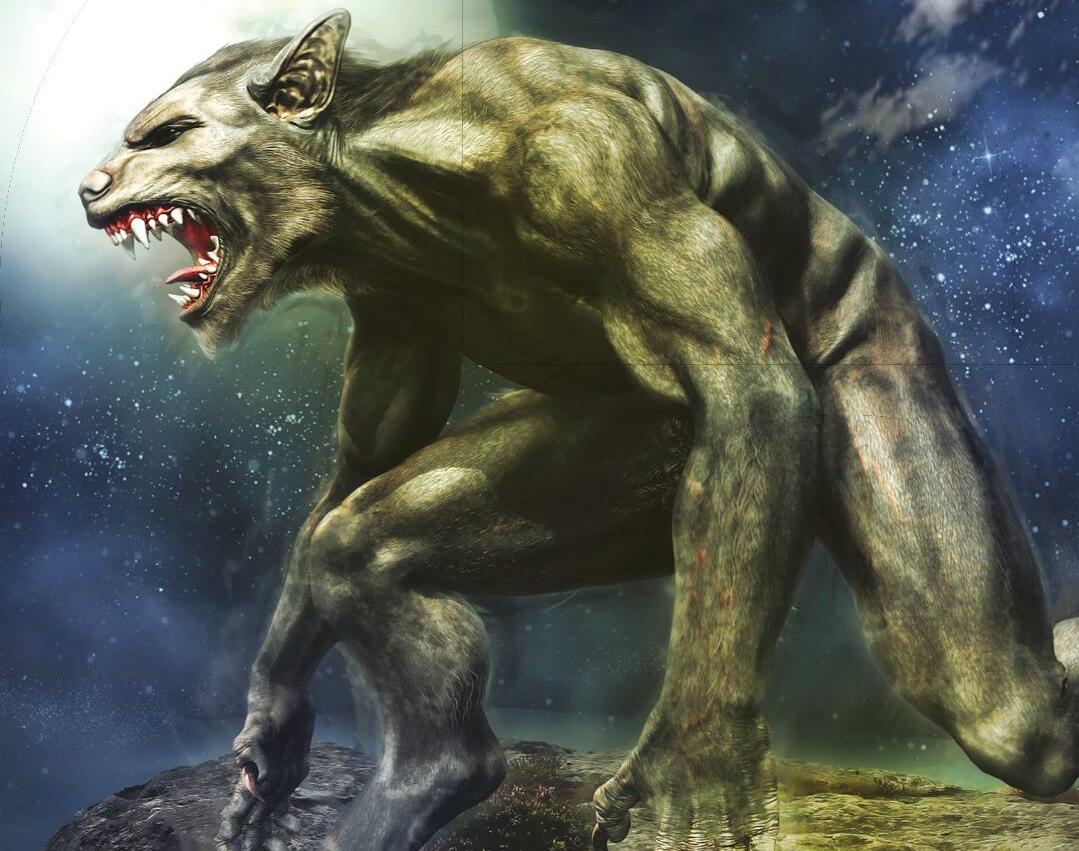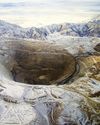Werewolves

The clouds part to reveal a full Moon. The unmistakable howl of a werewolf fills the night sky. When there’s a full Moon, some people are said to transform into these hairy beasts, which are a cross between human and wolf. It’s a scene you might be familiar with from stories or films, but legends of these shapeshifting creatures have existed for thousands of years.
Werewolves are often shown as walking upright, but hunt and howl as wolves, and run on all fours. Cave paintings from 10,000 years ago show beings that appear to be a mix of human and animal, while drawings from 17th-century Sweden show giant men with the strength to carry multiple victims at once. However, how does someone become a werewolf? Why do full Moons trigger transformation? And – most importantly – could these monsters actually exist?
Terrifying transformations
Esta historia es de la edición Issue 67 de The Week Junior Science+Nature UK.
Comience su prueba gratuita de Magzter GOLD de 7 días para acceder a miles de historias premium seleccionadas y a más de 9,500 revistas y periódicos.
Ya eres suscriptor ? Conectar

Esta historia es de la edición Issue 67 de The Week Junior Science+Nature UK.
Comience su prueba gratuita de Magzter GOLD de 7 días para acceder a miles de historias premium seleccionadas y a más de 9,500 revistas y periódicos.
Ya eres suscriptor? Conectar

SECRETS OF THE SEAS
Take a deep dive beneath the waves as Melissa Hobson reveals the incredible animals that live in our seas.

Controlling the weather
Is technology being used to change the weather, or is it science fiction?

NEXT STOP: THE FUTURE
All aboard as JD Savage takes the fast track through 200 years of train travel.

The race is on between robots and humans
Twenty-one robots competed against human runners in the Yizhuang half-marathon in Beijing, China in April.

Growing baby corals
Meet the UK scientists giving breeding corals a helping hand.

Could you dig all the way through the planet?
Learn the science behind digging a giant hole.

Fabien Cousteau
Meet the ocean explorer who plans to build a futuristic base under the sea.

Gladiators fought big cats for entertainment
Scientists have found the first physical evidence in Europe that Roman gladiators fought lions.

HEADSCRATCHERS
Hi, I'm Pete, and I love science and the natural world. I work with the Royal Institution (Ri) in London, where you can find exciting, hands-on science events for young people.

Life on another planet?
Scientists have found molecules (groups of atoms) that could point to life on another planet.
